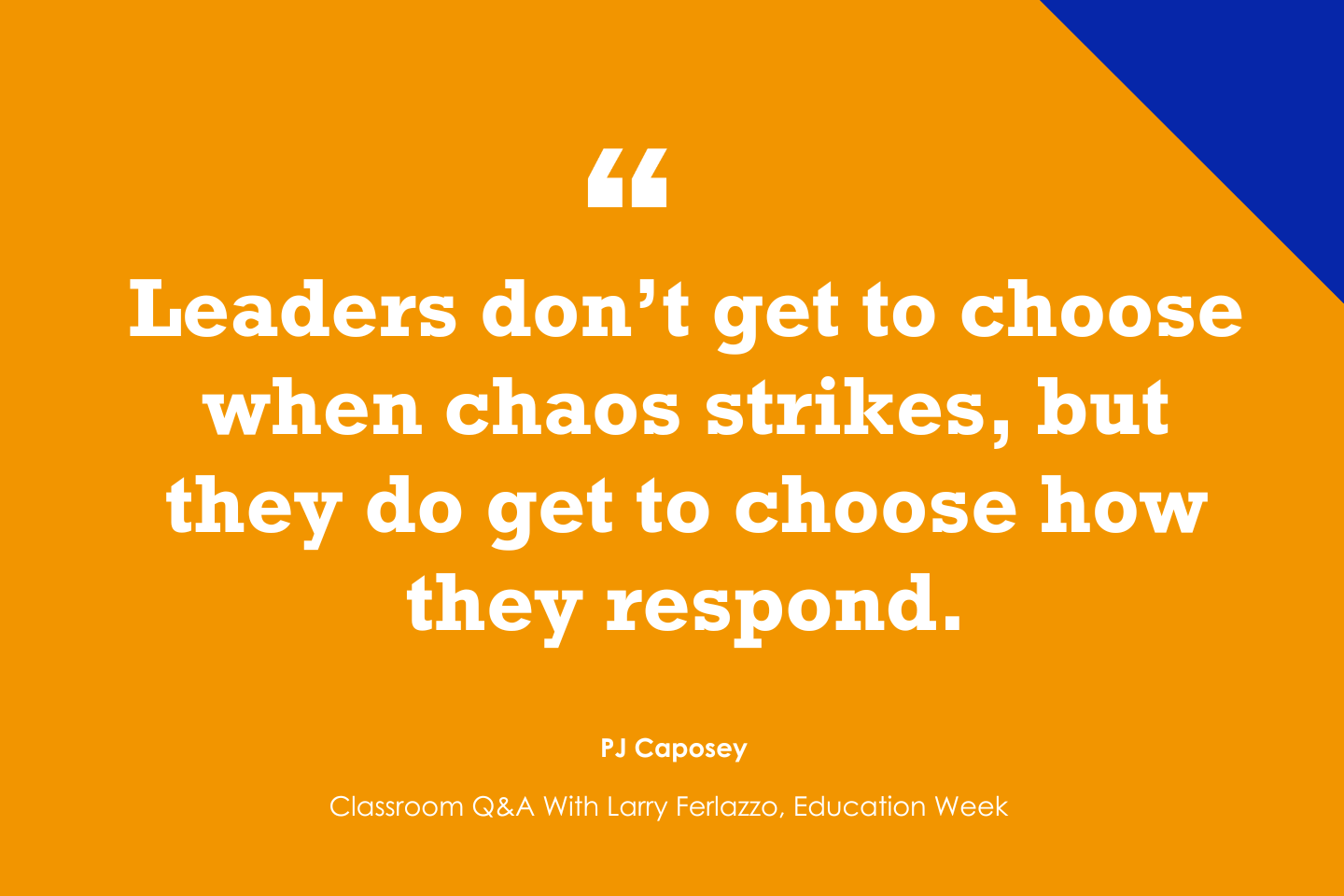Key points:
Early literacy struggles negatively impact students throughout their lives
6 ways we boosted literacy platform usage and engaged students
How we can improve literacy through student engagement
For more news on literacy, visit eSN’s Innovative Teaching hub
When students reach middle or high school, their attention spans are short, screens are ubiquitous, and reading takes a backseat to many other responsibilities. This is unfortunate because reading truly is the cornerstone of academic success, and students who didn’t master the skill during their elementary years can face a significant uphill battle as they complete their education.
The consequences of early literacy struggles have been well documented. In my role as a secondary interventionist and curriculum specialist, I’ve witnessed these consequences firsthand. With a focus on students in grades 7-12, I’ve made it a mission to help struggling readers become proficient. More specifically, our secondary teachers help our struggling students get a three or better on the Florida Assessment of Student Thinking (FAST)–a milestone that effectively liberates them from having to take intensive reading coursework.
Leveraging the power of technology
One tool I’ve used in this journey is Lexia LETRS (Language Essentials for Teachers of Reading and Spelling), a structured literacy training course based on the science of reading that provides knowledge and tools teachers can use with any reading program.
Before enrolling in the course, I didn’t know anything about Scarborough’s Rope (a visual metaphor used to explain the complex nature of reading) or the simple view of reading (a model that explains the core components of reading comprehension).
I also learned that the three areas of the brain need to be connected by specific, explicit, systematic, and sequential approaches to reading instruction, developing phonemic awareness, and implementing multisensory intervention.
This newfound knowledge helped me open a whole new world for my students. Now, I’m doubling down and sharing those insights with all of our teachers, whom I want to help understand what we’re doing, how we’re doing it, and the positive impacts of those actions.
4 steps to a successful literacy program
Students are the ultimate beneficiaries of professional learning, technology investments, and other efforts that schools make on the literacy front. Students often came into my classroom for the first time with their hoodies pulled over their heads, apprehensive about what was in store and what to expect. They don’t want to interact with anyone, and by the time they reach 7th grade, they definitely don’t want to be reminded of their reading struggles.
Here are four steps we’ve taken to work through these barriers and create a successful literacy program for students in middle and high school:
1. Give them a safe space to learn. The kids have to feel safe, welcomed, and engaged in the process. I offered snacks and drinks to help them feel more comfortable. We used the Lexia PowerUp literacy platform to accurately gauge every student’s individual path, access resources, and watch videos together–all with the goal of creating that “safe space” for the learning to transpire. These steps may seem basic, but they’re critical because many of my students had been mentally beaten down over time. My goal was to create an entirely different vibe in the classroom that makes the kids say: “Wait, Ms. Sado is actually going to do something for me. This curriculum is actually going to do something for me.” When they started to see their name on the board–in a positive light–for having reached certain program milestones, the energy was palpable, and they really got into it.
2. Emphasize progress. I had two large whiteboards on my classroom walls. I used all of the available space to list out my students’ names and their “biggest” accomplishments, recording the number of minutes, units, and “level ups” that students finished and accomplished. The students love seeing their names up “in lights” and love the recognition. This just makes them want to achieve more. When they see their streaks grow and grow, it boosts their confidence, which has rarely, if ever, happened for them in their academic careers.
3. Get your teachers on board. I created professional learning for the summer literacy session and in-service day; I pulled together a training session where 25 teachers understood why we do what we do at the secondary level. The teachers were so excited about it. I had people sitting in the room with me–whom I know are resistant to what we’re doing and don’t agree with it–and by the time we finished, they were asking me to share my slide deck with them. They got what we were doing, and they understood. This approach can help both districts and teachers understand that secondary reading teachers don’t know that they have to operate like elementary reading teachers (all while determining how to make it work for pre-teens and teenagers).
4. Leverage data to conduct the reading orchestra. Our literacy platform helped me go from “really not understanding what any of my students needed to know” to being able to look at each student individually to determine whether they’re at the second-grade or foundational level on word study. Using data, I’m now like the orchestra conductor in the classroom, where I can get the string section going here, the bass section playing at this point, and making everything happen. I have a folder for every student, so I can also do quick data chats with them and talk privately about where they are, their progress, and their future goals.
The rising tide lifts all boats
The modern teacher’s job is multifaceted, and the rising tide lifts all boats. Today, about 60 percent of our students are proficient at reading, and in some cases, we’ve increased those percentages by 10 points (up from 37 percent-40 percent in the past). The positive benefits extend well beyond the walls of my classroom: overall behaviors improve, and because they can now read proficiently, students also do better in classes like science, social studies, and math–all areas where our test scores have also improved.
For me, the rewards also extend beyond the school day and standardized tests. I have had my former students come back to me, bragging about how they passed their classes and how excited they are to graduate from high school. They also talk to me about their college and career aspirations, and those conversations warm my heart.
For example, I recently ran into a former student at Home Depot, where he’s currently working as a manager and in college, earning his medical technologist degree. It’s just phenomenal to see this happening right in front of my eyes.
When students reach middle or high school, their attention spans are short, screens are ubiquitous, and reading takes a backseat to many other responsibilities. This is unfortunate because reading truly is the cornerstone of academic success. Featured on eSchool News, Innovative Teaching, Literacy, early literacy, Education, high school, learning, literacy, professional learning, reading, school, schools, students eSchool News








